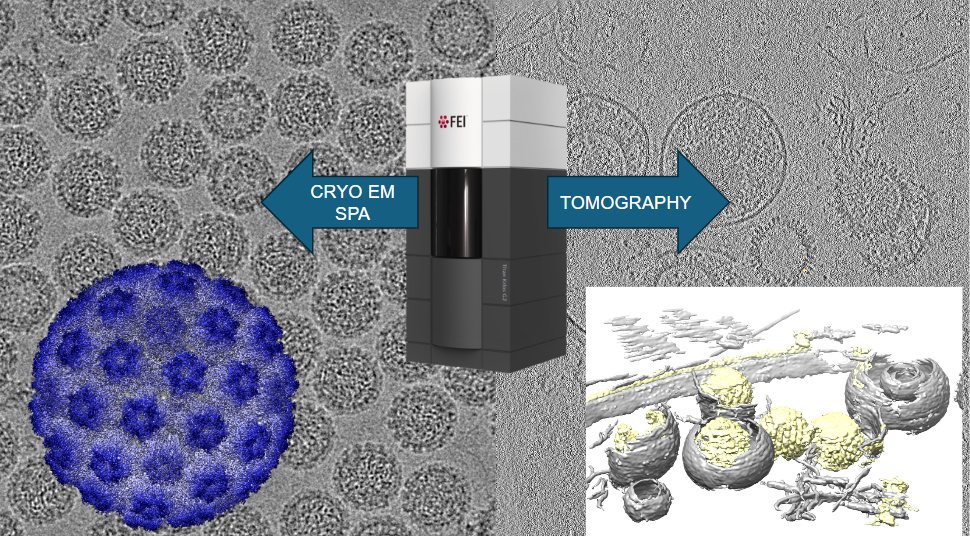
Meet cryoEM Scientific Director
Dr. Hafenstein, PhD, joined The Hormel Institute as the cryoEM Director in 2023. Her research focuses on understanding the structure and functions of viruses, specifically host-virus interactions that facilitate viral entry into cells. She is an expert in cryoEM, utilizing local reconstruction approaches to solve atomic resolution maps of viruses like HPV, murine papillomavirus, polyomavirus and Zika virus.

